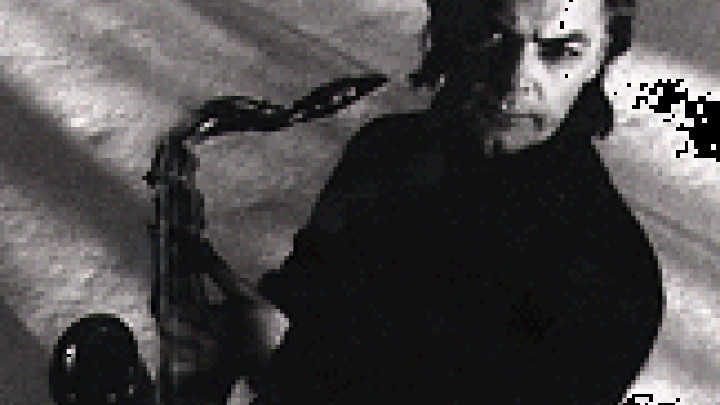Die New York Times über das erste Mnemosyne-Konzert

09.04.2002
Mnemosyne heißt im Altgriechischen “Erinnerung”. “Mnemosyne” überschrieb Friedrich Hölderlin auch ein Gedicht, dessen erste Strophe im Textheft zur CD abgedruckt ist. Neben Hölderlins Worten, die Vergänglichkeit und Ewigkeit gleichermaßen beschwören, leiten auch Bilder aus dem Film “Das siebente Siegel” von Ingmar Bergman die Gedanken in die dunkle Nähe einer apokalyptischen Endzeit.
Doch wenn der erste Akkord der Sänger sich aus dem Nichts aufbaut, die ersten Töne des Saxophons ihn umspielen, der Klang sich entfaltet, die instrumentalen Akklamationen dichter werden, dann öffnet sich ein weites Feld, eine ganze Welt von Assoziationen. Lesen Sie im Folgenden einen Auszug aus der New York Times zum ersten Mnemosyne-Konzert:
Hilliard Ensemble: When a Saxophone Can Offer a Prayer
A few years ago, Manfred Eicher of the record company ECM decided to bring together his most successful artists: the Hilliard Ensemble, whose specialities were medieval music and Arvo Pärt, and the improvising saxophonist Jan Garbarek. It seemed a crazy idea but in a way it worked, and the resulting CD “Officium” became one of Eicher’s biggest sellers.
Now the Hilliards and Garbarek have returned to their monastery in the Austrian Alps and recorded a new selection, Mnemosyne. Where the vocal substance of Officium was exclusively European, medieval-Renaissance and sacred, the new double album breaks out in all those respects of geography, time and tone… Once the surprise has gone of hearing Garbarek join his colleagues in a Tallis hymn or a piece of medieval polyphony, one feels the saxophone was always there. It is as if a contemporary artist had replaced one of the figures in a damaged fresco in a 20th-century style that made it possible for the old and the new to join hands. Garbarek is able to achieve that effect because of his close acquaintance with modal musical languages, his natural sensitivity and the way the squeal of the soprano saxophone becomes, in his hands, a prayer.
Paul Griffiths, reviewing the first Mnemosyne concert in The New York Times, March 23, 1999